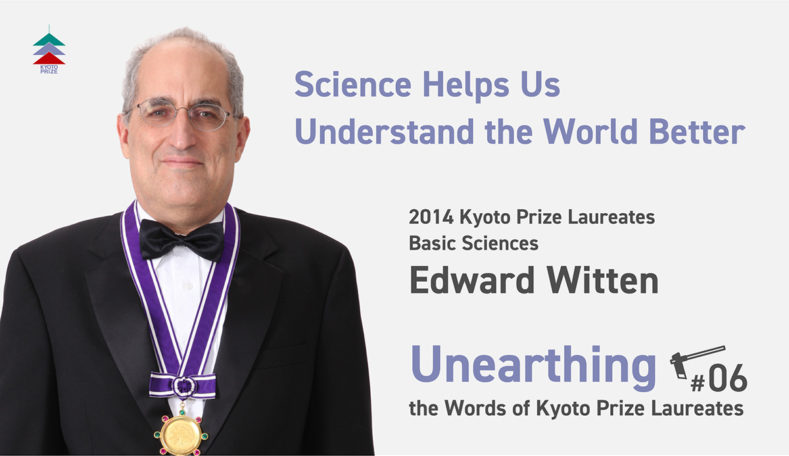
An international award of Japanese origin, the Kyoto Prize is presented to individuals who have made significant contributions in the fields of science and technology, as well as arts and philosophy. Kyoto Prize laureates are those who have made an extra effort to plumb the depths of their chosen fields and profoundly inspired the scientific, cultural, and spiritual betterment of humankind through their achievements. In this series of “Unearthing the Words of Kyoto Prize Laureates,” we will interview the past laureates of the Kyoto Prize and take a closer look at the words that they delivered at their Commemorative Lectures to get to the heart of their unique ideas, thought process, and attitudes as inquirers. For this installment of the series, we were fortunate enough to interview Dr. Edward Witten, the 2014 Kyoto Prize laureate in the Basic Sciences category.
Previous articles in “Unearthing the Words of Kyoto Prize Laureates”
#1 Dr. Toyoki KunitakeYou’re Sure to Find a Breakthrough in the Process of Going Back and Forth Between “Abstraction” and “Materialization”
#2 Dr. Takashi Mimura“Being of Service” Means to Be Needed and Appreciated by the Overwhelming Majority
#3 Dr. Takeo KanadeThe Habit of Returning to the Question “Why am I Doing This Research?” Is the Key to Reaching the Essence
#4 Tamasaburo Bando VIt is Only in Our Encounters with Others that We Can Convey the Ineffable
#5 Dr. Graham FarquharAs Part of An Ecosystem, I Exist as an “Old Tree in a Forest”
──────────────
Edward Witten
Theoretical physicist. Professor at the Institute for Advanced Study. In 1995, Witten proposed M-theory, which united all superstring theories. He was awarded the Albert Einstein World Award of Science in 2016. In pure mathematics, he developed numerous innovative theories to win the Fields Medal, the most prestigious prize in the field of mathematics, in 1990. Read more
Nishimura First of all, could you please briefly introduce yourself for the readers of this article?
Witten I’m a professor at the Institute for Advanced Study in Princeton. I was educated in elementary particle physics. Elementary particle physics is the modern name for the attempt to understand the most fundamental forces in nature. The best understanding of physics now is based on quantum mechanics of atoms, molecules, and ultimately elementary particles that they are made from.
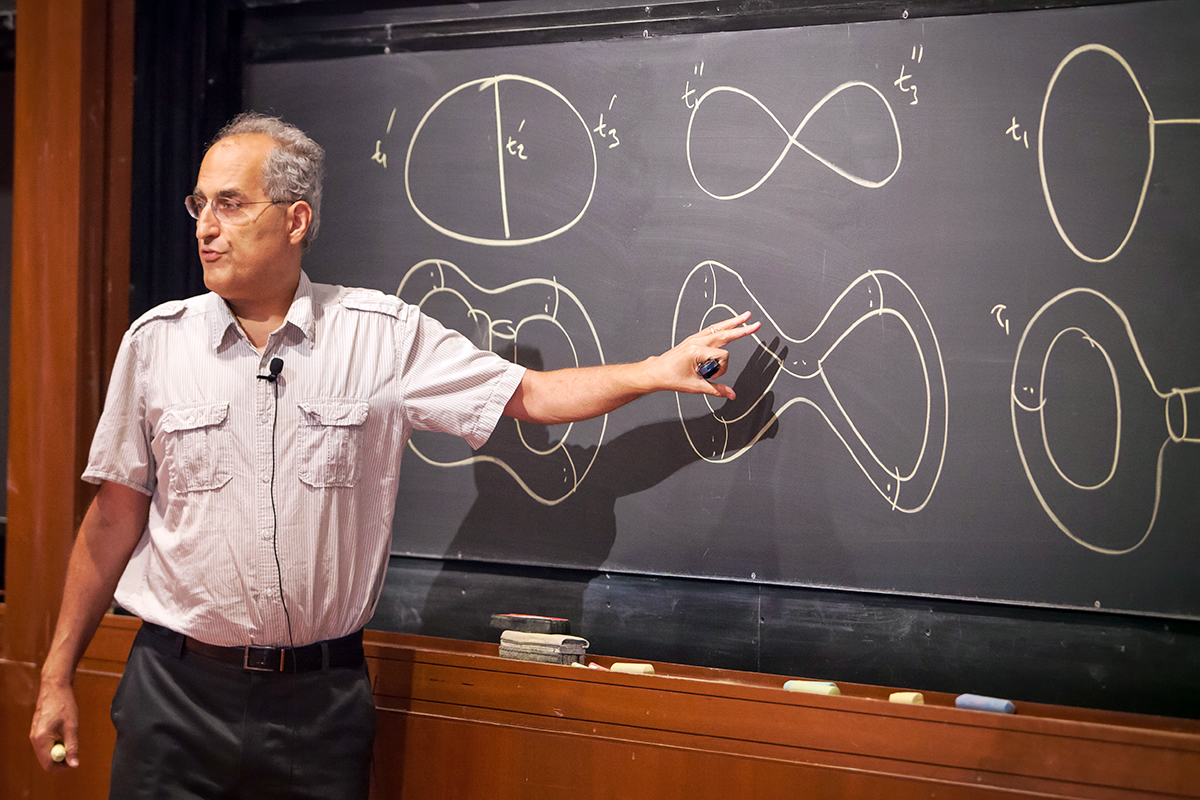
My interest is to further advance our understanding of the laws of nature as much as we can. The deepest mystery is how to make a better theory that would combine both gravitational theory and quantum theory.
When I was a student, I was especially fascinated by the question of why quarks*1 are trapped or, as one says, “confined” into atomic nuclei. My dream as a student was to give a good explanation of that from first principles. But it really was too hard. Even forty-five years later, we have only limited insights. We do understand it qualitatively, but we do not have the understanding quantitatively that I was dreaming of. What I was dreaming of remains really hard even today.
Nishimura It must have been a very difficult choice to make to give up working on the question you had so strongly desired to solve because you found it too challenging. It must also have been a very complicated and difficult process to accept the choice you thus made and instead set for yourself a more workable question. What gave you the fortitude to make such a humbling choice?
Witten The hardest thing about research is always to find the right question to work on. You have to find a question that you can solve but something that is hard enough and interesting enough to be worth solving. Like all researchers, I spend most of my time trying to figure out what I should do next.
If you ask how I learned to do something other than the problem of quark confinement that I started with, the answer is that I didn’t have any choice. I couldn’t do what I wanted to do. If you are floundering around for a while, eventually you have no choice but to find other things to do. In the end, I did things that I could do. That’s the basic idea.
Of course, initially the things that I could do were relatively easy minor projects. But gradually I found things that I could do that were more significant. In time I went into a more mathematical direction, because the progress that had happened in fundamental physics opened up both new questions and new opportunities. New mathematical questions arose in physics, and also there were new opportunities to apply physics to questions in math. Gradually I found that I could have more impact in some of these new areas.
Nishimura If physics is the study that tries to understand the laws of nature, mathematics is a field of study that describes what is around us in mathematical language. I feel that it is very important that mathematics is used not for mathematics itself but to describe the laws of nature that physicists are trying to explain.
Witten It is surprising how powerful math is in physics and how powerful physics is in math. All the way back to the time of Galileo Galilei when modern science was barely starting, he recognized that mathematics was the language in which nature’s laws were written. That got much deeper half a century later, when Isaac Newton developed calculus because he needed it to understand the law of gravity.
So, mathematicians feel that their subject is self-directed and doesn’t necessarily need anything else from nature. But surprisingly, important mathematical principles are influenced by the laws they do play in nature.
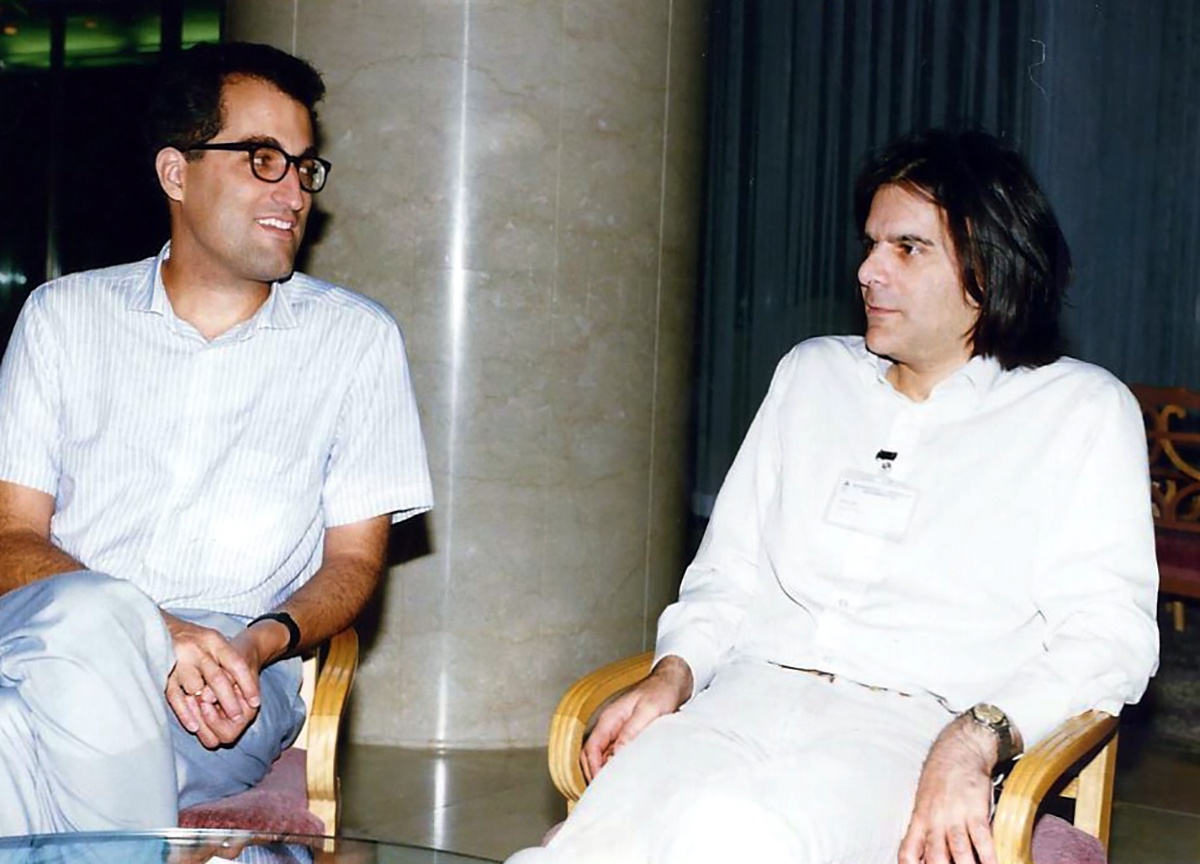
Nishimura Dr. Witten, I imagine that you had numerous experiences of the connection between physics and mathematics in your research. I would like to know what understanding of nature you developed as a result of such experiences.
Witten I would say that in my career, a substantial change in the relation between physics and math has occurred twice. The first time was just as I was entering the field and the second time came later with string theory. When I started, particle physicists had just developed what we now call the standard model in particle physics. Understanding it required new mathematical ideas. So new mathematical questions became important for physics.
But also, to understand the standard model, physicists had to understand quantum field theory,*2 more deeply. The understanding of quantum field theory developed to the point that we could also use it as a mathematical tool, answering questions that were interesting to mathematicians. To summarize, the study of the standard model changed the relation between math and physics in two ways. First, physicists needed mathematical ideas we didn’t need before. And second, as we understood quantum field theory better, we could use it as a tool to do some interesting things mathematically, sometimes surprising to mathematicians.
The second major change during my career in the relation between math and physics resulted from string theory. String theory was already known when I was a student; the earliest work in string theory was in the early 1970s. But it was not until 1984 or 1985 that string theory was understood well enough that it became an interesting framework for really trying to understand the fundamental laws of nature. What you could do with string theory was much more interesting after 1984. By this time, string theory was an interesting framework for trying to understand the relation between gravity and quantum mechanics and for unifying the forces of nature.
Everything I said about how the standard model affected the relation between physics and math applies twice over to string theory. You could do much more interesting things with string theory mathematically and you needed much more mathematics to understand string theory. So both sides of what I said about the standard model apply many times over to string theory.
Nishimura Listening to what you have just explained, it strikes me that mathematics assumed the role of an interpreter who connects the universe, nature, and humans. You mentioned earlier that mathematicians tend to be self-directed and may not necessarily feel the need for external stimuli, but I assume that was not how you perceived mathematics. My question is, why do you think the discipline of mathematics is believed to be intrinsically self-directed and easily becomes less open to the outside world?
Witten Because mathematicians are studying beautiful structures that aren’t related to any particular social context. And it does not necessarily have to be a thing of the real world, either. Mathematics is so to speak the study of beautiful logical structures. It’s a surprise to what extent beautiful logical structures studied by mathematicians for their own sake turned out to be important and useful to understand nature. Of course, we don’t know how much such surprises will continue.
Nishimura How do you think we should use the beautiful structure that mathematics reveals to understand the world, rather than viewing it as something beautiful without practicality?
Witten Well, it’s really difficult to explain why, but I’ll just explain what happened.
Over the centuries, new theories in physics have involved new mathematical structures. Sometimes, new structures were invented because they were needed in physics. Sometimes mathematicians discovered structures in any way.
I’ll give you a few examples. One is what actually I mentioned before, Newton invented calculus because he needed it for gravitational theory. Then as a second example, Einstein improved on Newton’s theory of gravity 250 years later and he needed completely new mathematical concepts that were unfamiliar previously to physicists. He needed Riemannian geometry as a tool, the theory of curved spaces of high dimension. Luckily this theory had already been developed by mathematicians, starting in the mid-19th century.
My third example is the theory of waves, both in classical and quantum physics. Trying to understand waves motivated mathematicians to develop the study of partial differential equations and functional analysis, very basic topics in modern mathematics, but first studied in large part because of their role in physics.
This doesn’t explain why physics is related in this way to deep ideas in mathematics. But the examples do illustrate the fact that new physics theories have tended to involve new mathematical theories. Sometimes new mathematical theories were invented because they were needed for physics. Sometimes mathematical theories had already existed but physicists hadn’t previously seen any use for them.
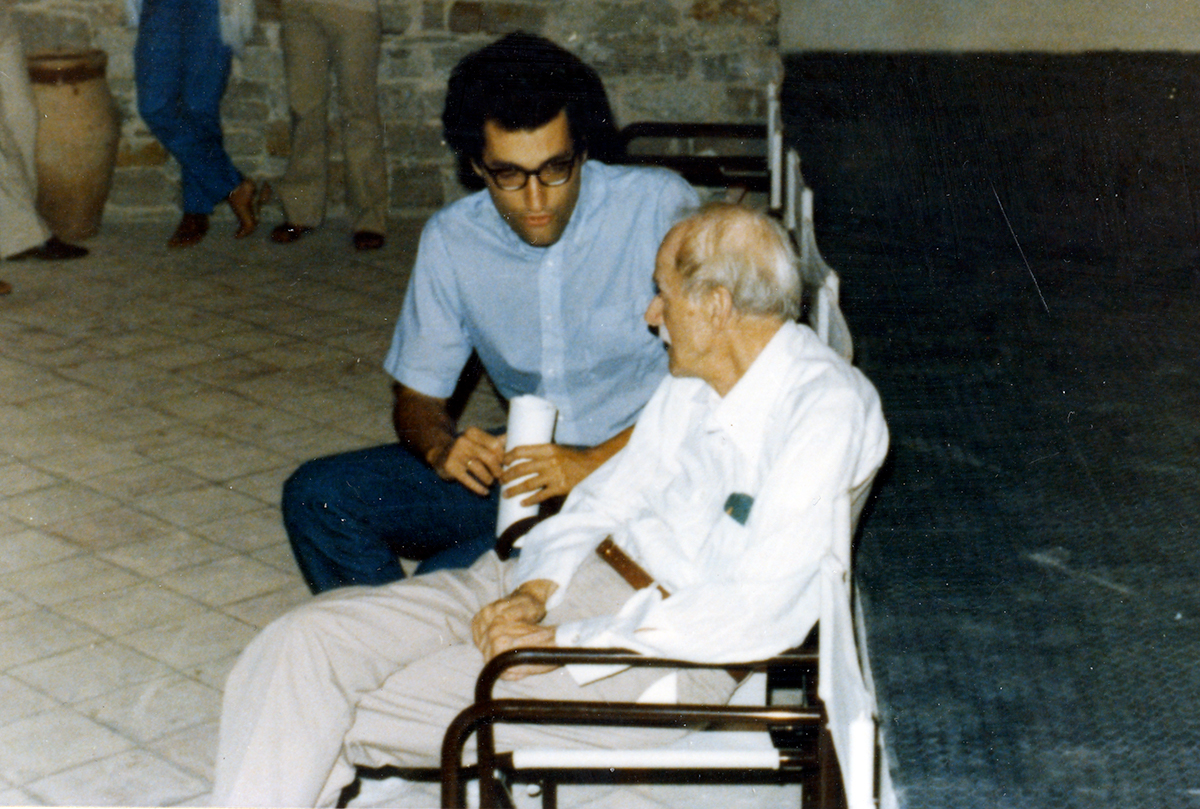
Nishimura About half a century has passed since you were a graduate student in the 1970s. Has there been any change in the way you perceive the universe because of the subsequent major progress in physics?
Witten When I was a student, the standard model was very new, and we were just learning to understand it. Everything I said about understanding quantum field theory more deeply mathematically was all in the future. But also entirely in the future was to have even a glimpse of what a unified theory of the laws of nature might be. It is true that humans don’t understand string theory very well, and that I can’t promise that it is right. But string theory does give us a wonderful glimpse of what could be a unified theory of all the forces. The study of string theory has led to a remarkable chain of beautiful discoveries, continuing into the present.
As I explained, when I was a student, the modern understanding of quantum field theory was just emerging. That was completely the avant-garde. The full advancement of string theory in the following decades put us in the position of being able to think about things that were way out of reach in my student days, when we had no idea at all what could be a unified theory.
Sugimoto In the interview you gave when you received the Kyoto Prize, I remember you saying that it doesn’t matter how big or small the question is, it is just a wonderful feeling. This is connected to an earlier discussion about the right question, but how do you know when a question is the right level of difficulty, and how do you know if it will keep you interested as a researcher? In short, how do you determine if it’s the right question?
Witten It’s hard to know that something is the right question. If you can not answer it, it was probably not the right question. But sometimes you can get useful experience while trying something, even if you do not succeed. Usually, you don’t know if you are going to be able to answer a question or not, until you actually do answer it. A lot of times you learn about what is the right question by trying, so to speak. Often, you have to try a lot of different things.
Earlier in my career, as I explained before, I was quite obsessed with the question of quark confinement. It was too hard, and I had to give up and do something else. But when one is doing research, one basic fact is that any question might turn out to be too hard. So you have to be a little bit flexible about what you are trying to do. If you have too much of a preconception of what you want to do, there are many ways to go wrong.
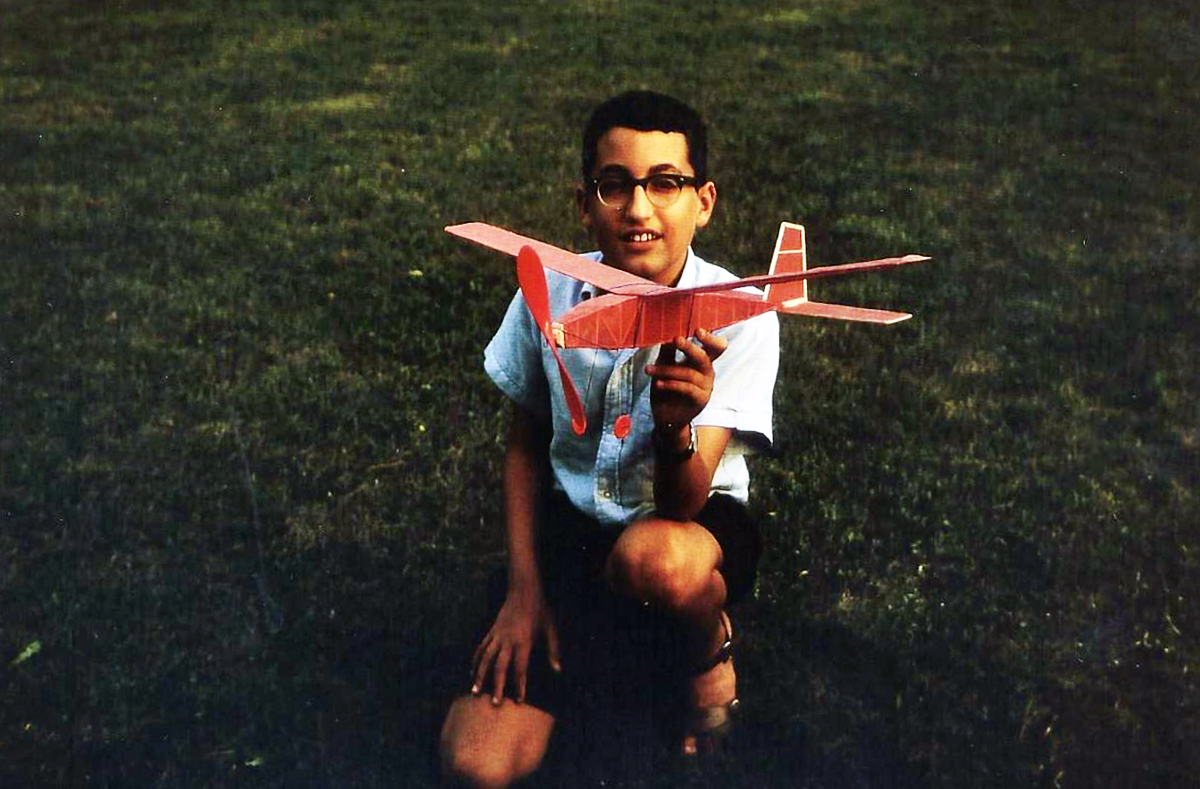
Sugimoto For you to set the right question, it is necessary to understand your ability as a researcher. You’re an outstanding researcher, and knowing your own ability must have made it all the more difficult to give up on a difficult question. How have you dealt with such struggles in balancing your ability and the research questions, and accumulated experiences in this regard?
Witten I have a lot of difficulties all the time. A lot of times I didn’t get things right. At a lot of points in my career, I didn’t work on the most significant questions. Or I worked on what I couldn’t do, or I overlooked something I could well have done. I would say I’ve gotten things wrong in every conceivable way. I assume other researchers would say the same thing, but I don’t really know. Maybe there are lucky people who at any moment can identify the best problem for them to work on, but not me. I am often confused about what I should do.
Nishimura How can you increase the likelihood of finding a good question?
Witten You have to pay attention to what other people are doing. You have to listen to the questions that other people are asking and let them stimulate you to get the right ideas. That’s one answer.
You ought to look a little bit beyond your immediate interests, because good ideas can often come from different places. But you cannot look too much beyond your interests, because the world is too big. You ought to be alert to new ideas that come from a little outside of the field. But if you try to look at everything going on in the world, you’ll probably get lost. So you need to find a balance between keeping your focus and being open to new ideas.
Nishimura When we become interested in other fields and become lost, what do you think we should do to return to our own fields? Dr. Witten, what did you do to return to your path when you got lost?
Witten Sometimes I might find what other people are doing is a spur that helps me to find new directions for myself. This may not lead me back to what I was doing before.
Nishimura Is it a feeling that your own theme gets deeper as you take an interest in questions set by other researchers? My impression was that, because yours was a fundamental question, your interest was held and you were able to get back to where you were even if you sometimes got lost.
Witten Every episode is different. Sometimes I changed my direction because of what other people were doing. Sometimes what other people were doing helped me solve the problem that I was interested in. I wouldn’t generalize too much because everything’s different. Your questions keep you coming back to if you haven’t yet solved them. If the question is solved, then you move on and you are going to work on a new problem.
Nishimura I have one more question that I want to ask, Dr. Witten. Do you think that people can interact with things better when they have a solid understanding of them? For example, when you have a deeper understanding of nature or the universe, do you think we can have a better relationship with nature or the universe as a result?
Witten Science obviously changes the way we live with technology. I think it also changed the way we understand the world. Was the world created in seven days? Centuries ago, many people in the West took that literally, but now many people understand it as a metaphor; they do not take it literally. If you really want to understand the beginning of the universe, although science doesn’t answer all the questions, it teaches us much more than we can understand in any other way.
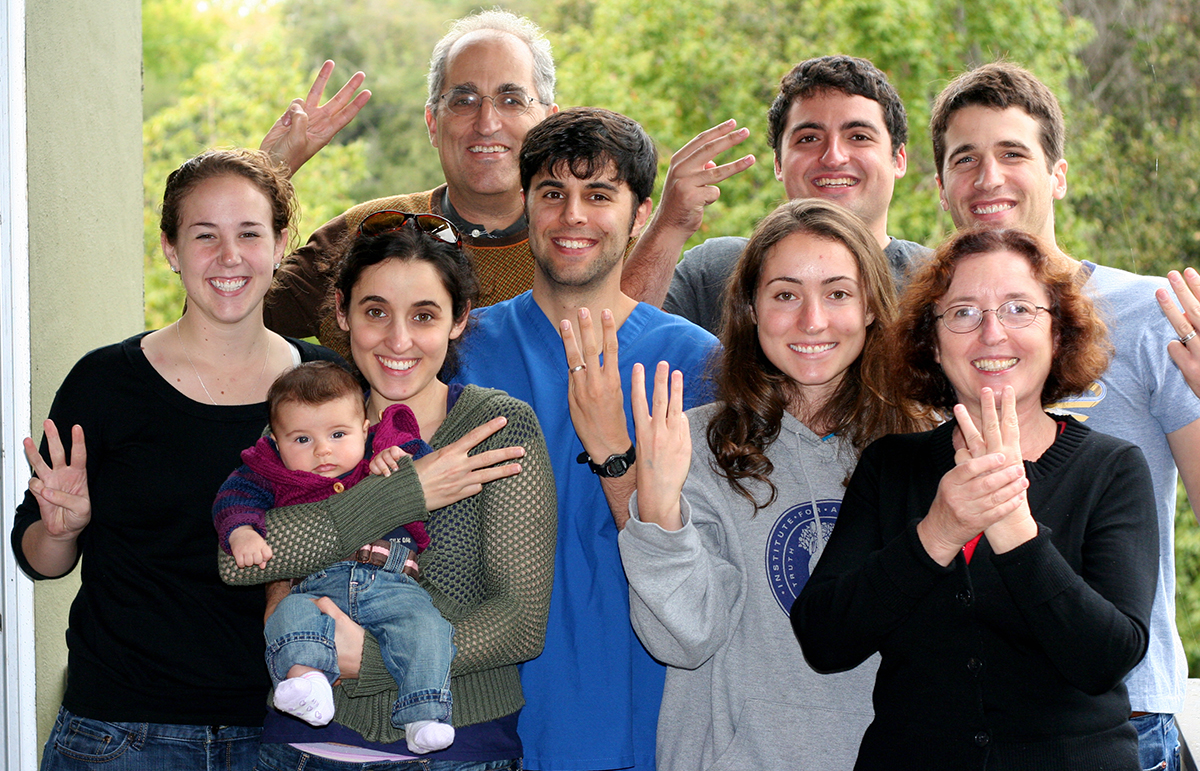
Nishimura When our understanding of the universe advances further, do you think we will come to know what came before the universe and what will come after?
Witten That’s a hard question to answer. It depends on what the answers are, and on the observations that we are able to make. The only way to find out is to try. We don’t know what we can accomplish.
Nishimura When we encounter such a daunting question like, “Was there something before the universe?,” how and what do you think we should begin with?
Witten As I said earlier, if you try to make a big jump in research, you usually don’t succeed. In my career whenever I tried to make too big a jump, I never succeeded. A big jump might take four or five steps. If you take three or four of them but miss even one of them, you will probably get lost and not get to your objective. I know Einstein invented the theory of gravity based on very few clues at all. But personally, I am not able to make such a big step, a big jump.
Nishimura When you are moving ahead step by step, I believe sometimes you find yourself marking time without moving forward. I wonder what differs when you are making incremental steps and when you are making no progress.
Witten Whatever is your field of research, be flexible, look for opportunities and find where you can make an advance. Do not have too many preconceptions about what you are going to be able to do. A lot of times the problem where you can make progress is different from what you originally thought.
This is advice that I am trying to follow right now. I’m not sure quite what I should be doing at the moment. What I’m now actually most excited about are works done by some of the other physicists or new ideas about quantum theory and gravity. It is not so easy to figure out what aspect I can contribute to.
The scientific landscape of today is different from what it was when I was a student. Even if I try to go back to an unsolved problem that I thought about many years ago, it’s not really the same at all because we have learned so much.

Nishimura Talking with you today has felt like meeting a modern Newton. It impressed me a lot when you said you make it a rule to take one step at a time while focusing on a big question. Thank you so much for giving us your time.
*1. quark A type of elementary particle considered to be a fundamental constituent of matter. The physical phenomenon that a quark cannot be isolated is called “quark confinement.” There are six types (flavors) of quarks, and they can exist only in certain combinations: in a proton (two up quarks and one down quark), a neutron (one up quark and two down quarks), and a meson (one quark and one antiquark). The name quark is derived from a bird choir in James Joyce’s book Finnegans Wake.
*2. quantum field theory A theoretical framework that takes a quantum approach to study a field, a physical quantity that has a value for each point in space and time, like an electric or magnetic field.
Click below to watch the YouTube video of Dr. Witten’s Commemorative Lecture from 2014.
Previous articles in “Unearthing the Words of Kyoto Prize Laureates”
#1 Dr. Toyoki KunitakeYou’re Sure to Find a Breakthrough in the Process of Going Back and Forth Between “Abstraction” and “Materialization”
#2 Dr. Takashi Mimura“Being of Service” Means to Be Needed and Appreciated by the Overwhelming Majority
#3 Dr. Takeo KanadeThe Habit of Returning to the Question “Why am I Doing This Research?” Is the Key to Reaching the Essence
#4 Tamasaburo Bando VIt is Only in Our Encounters with Others that We Can Convey the Ineffable
#5 Dr. Graham FarquharAs Part of An Ecosystem, I Exist as an “Old Tree in a Forest”
[About the interviewer]
Yuya Nishimura
Executive Director, MIRATUKU. Earned a Master’s Degree from the Osaka University Graduate School of Human Science. Built a cross-sector -business and -domain innovation platform, supports leading companies (about 30 annually) in creating new businesses, assists launch of R&D projects, designs future visions, and searches for future trends. Other positions include Innovation Designer, Innovation Design Office, RIKEN, Japan, and Specially Appointed Associate Professor, Social Solution Initiative (SSI), Osaka University MIRATUKU website
[About the writer]
Kyoko Sugimoto
Freelance writer. Earned a Master Degree in Media, Journalism & Communication, Graduate School of Letters, Doshisha University. Interviews researchers, business managers, Buddhist monks, urban designers on such topics as asylums, communities, and Buddhism. Authored Kyodaiteki Bunka Jiten: Jiyu to Kaosu no Seitaikei (Kyoto University Cultural Encyclopedia: Ecosystem of Freedom and Chaos), Film Art, Inc. writin’room